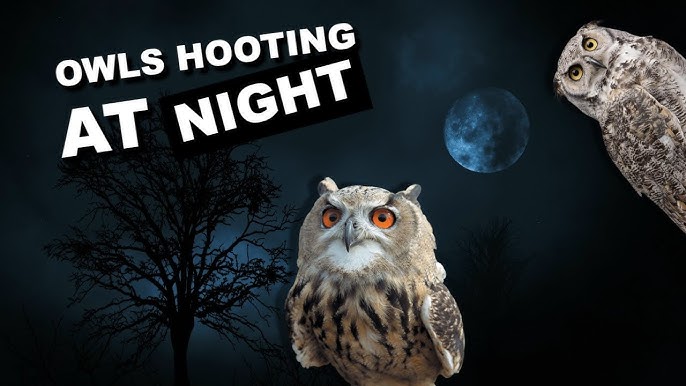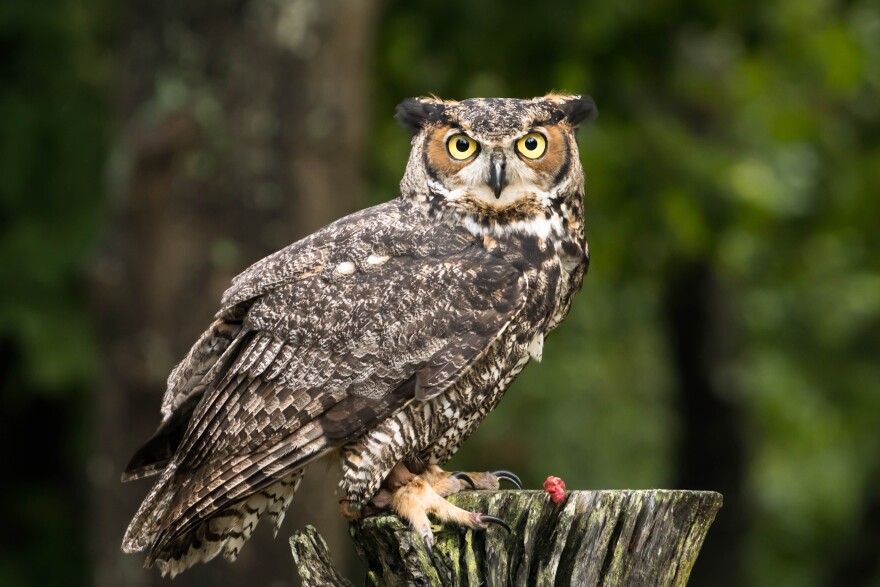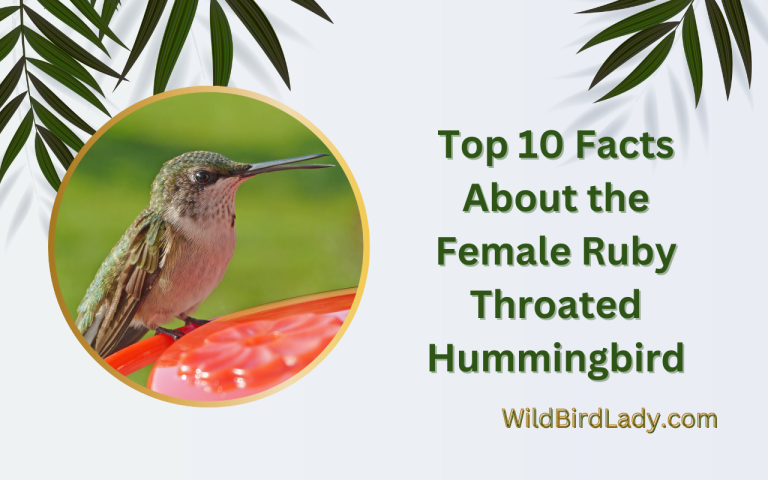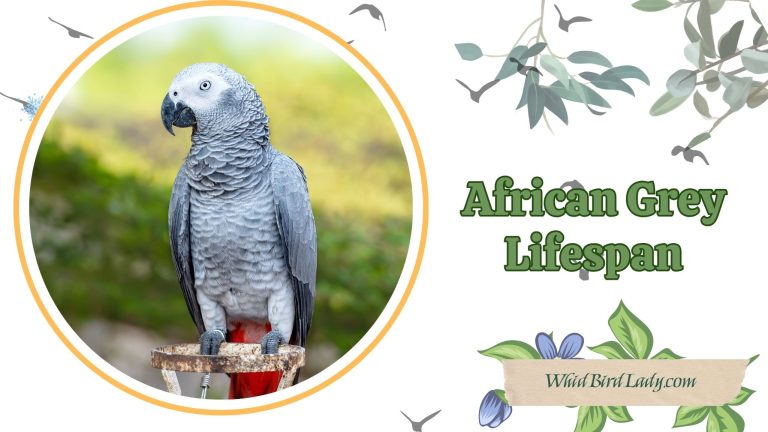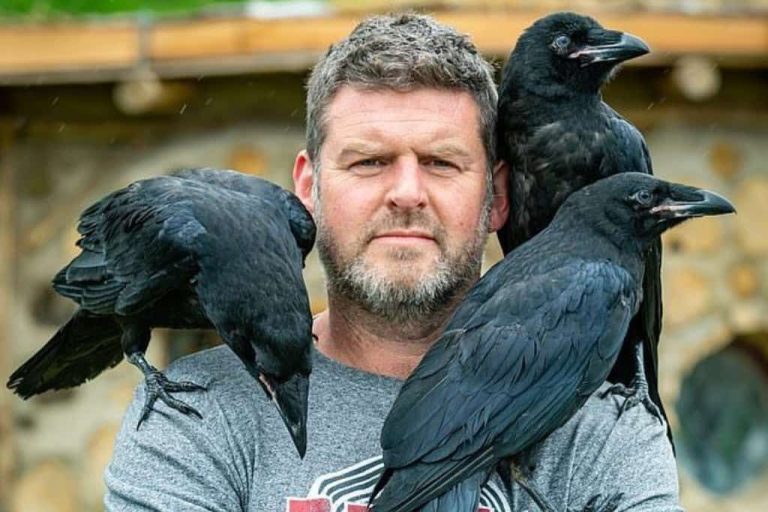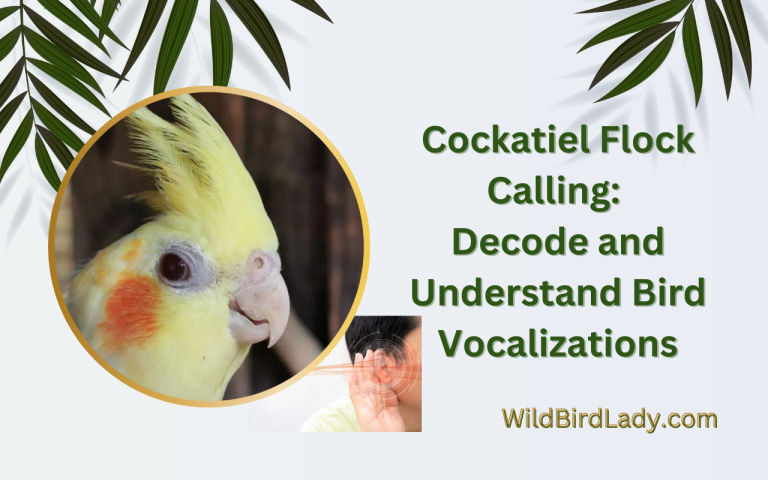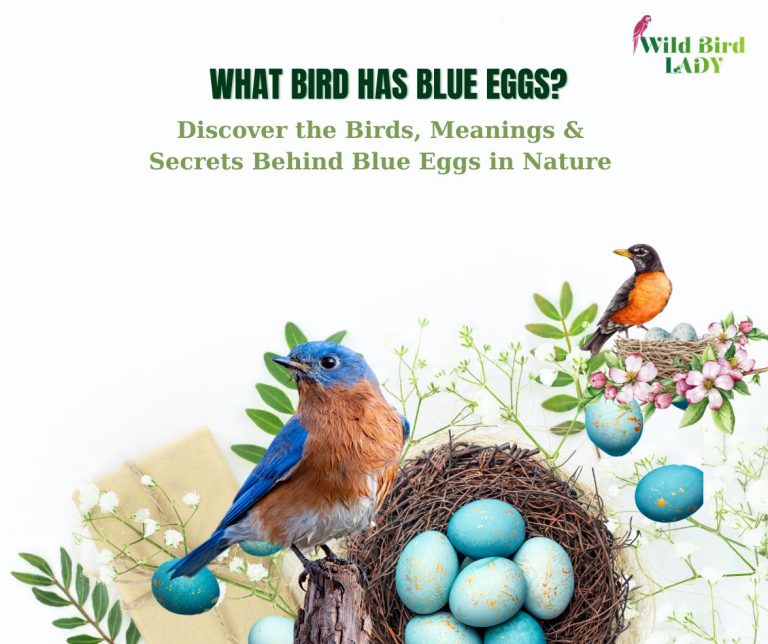Why Do Owls Hoot? Unraveling the Mystery of Nighttime Calls
Owls are some of the most captivating and mysterious birds in the world. Their haunting hoots echo through forests, fields, and even suburban neighborhoods, especially during the night. But have you ever wondered: why do owls hoot? Is it a call of warning, courtship, or something else entirely?
In this article, we’ll explore the many reasons owls hoot, which species are the most vocal, and what these calls really mean. Whether you’re a birdwatcher, a curious listener, or a wildlife enthusiast, this guide will provide insight into one of nature’s most iconic nocturnal sounds.
The Basics: What Is an Owl’s Hoot?
A “hoot” is a low, often rhythmic vocalization that owls use to communicate. It’s not just a spooky soundtrack for Halloween—it’s a language rich with meaning.
These vocalizations are produced using the syrinx, a specialized organ in birds that allows them to create complex sounds. Each owl species has a unique hooting pattern that serves specific purposes, from marking territory to attracting mates.
Main Reasons Why Owls Hoot
Owls hoot for a variety of functional reasons that are key to their survival and reproduction:
- To mark territory
- To communicate with a mate or family
- To warn rivals or threats
- To attract a mate
- To find each other in the dark
- To express distress or agitation
Let’s explore each of these in detail.
Different Types of Owl Calls
Contrary to popular belief, owls don’t just hoot. They can:
- Screech
- Bark
- Whistle
- Chirp
- Growl
- Click their beaks
For example, the Barn Owl (Tyto alba) doesn’t hoot at all—it emits a chilling screech that sounds like a banshee. Meanwhile, the Great Horned Owl (Bubo virginianus) produces the classic “hoo-hoo-hooooo” pattern.
Do All Owls Hoot?
No, not all owls hoot. While species like the Great Horned Owl and Barred Owl are known for their resonant hoots, others like the Eastern Screech-Owl and Barn Owl rely on different sounds.
Owls that hoot:
- Great Horned Owl
- Barred Owl
- Tawny Owl
- Spotted Owl
Owls that don’t hoot:
- Barn Owl (screeches)
- Eastern Screech-Owl (trills)
- Northern Saw-whet Owl (toots)
Each call serves a purpose suited to their environment and behavior.
Species Spotlight: Who Hoots the Loudest?
1. Great Horned Owl (Bubo virginianus)
Recognizable by its booming five-note hoot: “hoo-hoo-hooooo hoo-hoo.”
This species uses its voice primarily to claim territory and attract mates.
2. Barred Owl (Strix varia)
Famous for its “Who cooks for you? Who cooks for you-all?” hooting call.
They’re extremely vocal and often respond to human imitations.
3. Tawny Owl (Strix aluco)
Native to Europe, it delivers a ghostly, quavering hoot associated with folklore and mystery.
Owl Hooting Behavior by Season
Fall and Winter (Breeding Season)
- Most hooting occurs between November and February.
- Males begin to establish territory and call to females.
Spring
- Hooting decreases once nesting begins.
- Parents may still communicate to coordinate food gathering.
Summer
- Very little hooting as fledglings grow independent.
Late Summer to Early Fall
- Young owls begin practicing calls.
- Adults may resume light territorial hooting.
Hoots and Territory: Nature’s No Trespassing Sign
Owls are fiercely territorial. A deep, regular hoot warns other owls to keep out. In fact, male owls often hoot from specific perches on the edge of their territory, acting as audible signposts.
Barred Owls and Great Horned Owls are especially known for this vocal boundary defense. Rival males will often engage in “duels” of hooting, trying to out-crow each other in volume and persistence.
Romance in the Air: Courtship Hooting
Courtship begins with duets. Male owls hoot to attract females, and once paired, many species perform soft, intimate hoots or coos to each other.
In some species, like the Great Horned Owl, both the male and female will hoot together to reinforce pair bonds—a behavior known as “duetting.”
Owl Hoots and Superstition
Throughout history, owls have been linked to the supernatural. Their haunting calls led many cultures to associate them with death, wisdom, or prophecy.
- Ancient Rome: Owl hoots were seen as omens of death.
- Native American tribes: Some tribes saw owl calls as warnings.
- Greek mythology: The owl was a symbol of Athena and wisdom.
While these beliefs are based in myth, they reflect just how deeply owl hoots have captured the human imagination.
How to Identify Owl Species by Their Hoots
If you’re out in the woods and hear a hoot, you can often identify the owl species by the rhythm and pitch of its call. Here’s a brief guide:
Great Horned Owl:
Barred Owl:
Eastern Screech-Owl:
Tip: Use birding apps like Merlin or Audubon to identify hoots in real time.
When and Where You’re Most Likely to Hear Hooting
- Time of Day: Just after sunset and just before sunrise (crepuscular hours).
- Habitat: Woodlands, forest edges, suburban parks, and open fields with trees.
- Season: Late fall and winter are prime times for hooting activity.
If you’re hoping to hear owls, bundle up and head to a quiet, wooded area on a still winter evening. You may just be treated to a chorus of hoots.
Conclusion: Hoots as a Window Into Owl Behavior
So, why do owls hoot?
It’s not just noise—it’s communication rich in nuance. Hoots can mean “stay out,” “come closer,” or “I’m here.” They mark territory, attract mates, and keep family groups connected.
Understanding these sounds gives us a window into the secretive world of owls. Next time you hear a hoot in the distance, listen closely—you may be witnessing a drama of survival, romance, or rivalry unfold under the cover of night.
FAQs About Owl Hooting
1. Is it rare to hear an owl hoot?
Not necessarily. In the right season (usually fall and winter) and habitat, you may hear owls frequently at night.
2. What does it mean when owls hoot at night?
It typically signals territory defense or mate communication. Hoots are most common at dusk and dawn.
3. Do owls hoot during the day?
Most owls are nocturnal and reserve vocalizations for nighttime. However, some species, like the Burrowing Owl, may call during the day.
4. Can two owls hoot at the same time?
Yes. During territorial disputes or courtship duets, you may hear overlapping hoots.
5. What does a single owl hoot mean?
A lone hoot can be a general call marking territory or alerting a mate. The meaning depends on the pattern and repetition.

